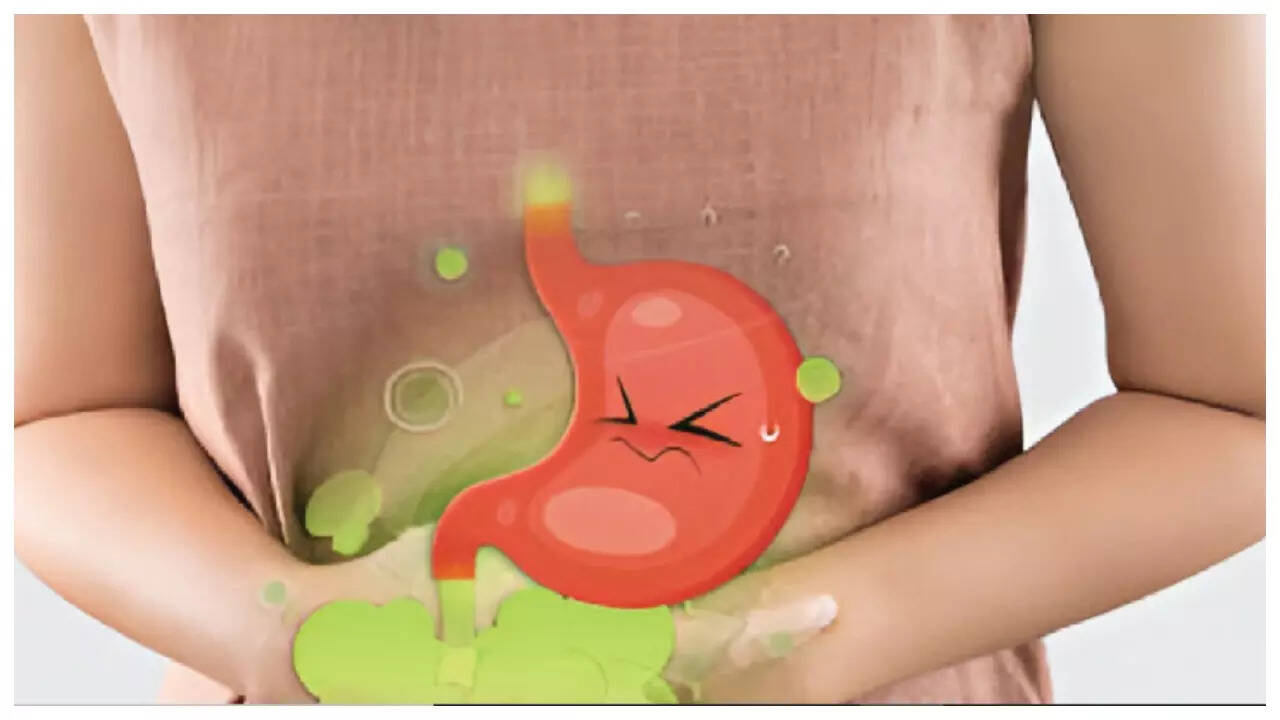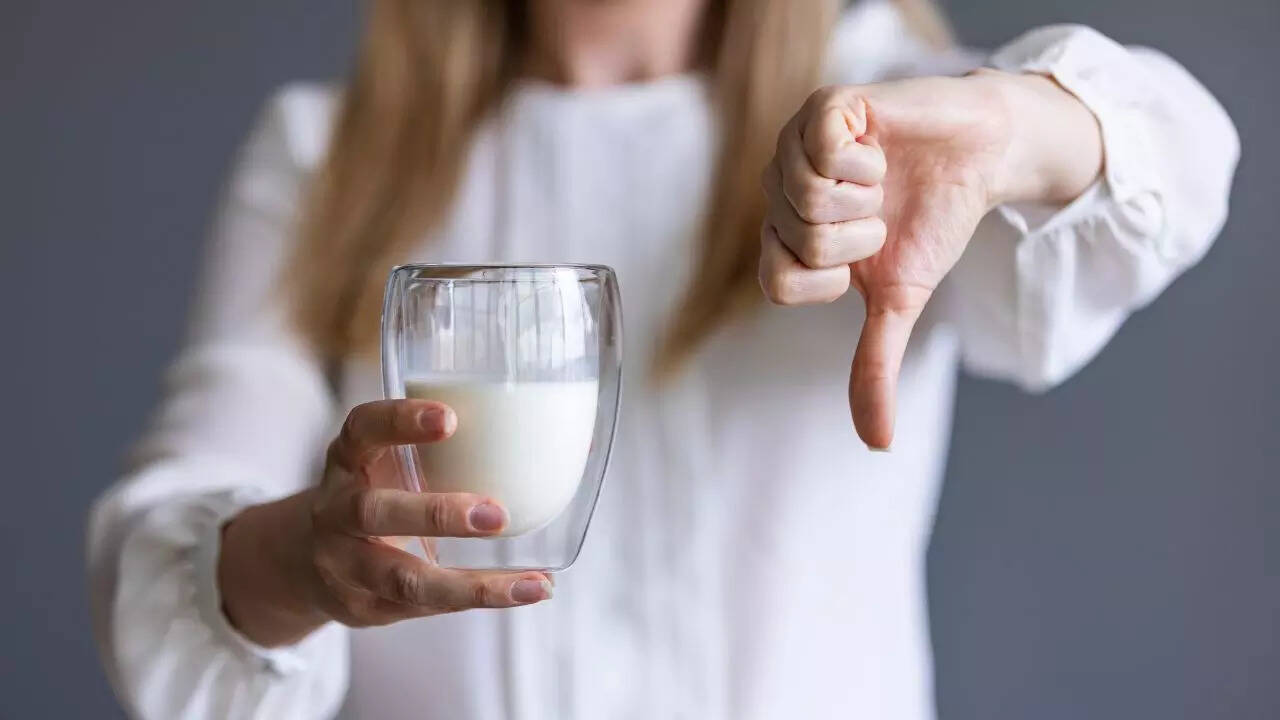
Is it safe to drink rainwater? Scientists reveal the answer
As the monsoon season arrives in India, people across the country begin to store, use, or simply enjoy the rain and the refreshing feel of rainwater. Remember your childhood, standing in the rain with arms wide open, face tilted to the sky, mouth open to catch those cool drops straight from the clouds? It felt pure and magical.
But is rainwater really safe to drink today? Environmental scientists say the answer is more complicated than it seems. While rainwater may look clean, it can contain pollutants like dust, ash, heavy metals from rooftops, or more concerning, invisible “forever chemicals” that never break down and now appear even in the most remote rainwater samples worldwide.
What are PFAS and why are they a concern?
According to Dr. Ian Cousins, an environmental scientist at Stockholm University, PFAS (per- and polyfluoroalkyl substances) are a group of synthetic chemicals that have been used for decades in firefighting foams, non-stick cookware, food packaging, and water-repellent fabrics.
These chemicals are known as “forever chemicals” because they do not degrade naturally and persist in the environment for generations.In a global study co-authored by Cousins, Dr. Bo Sha, Dr. Jana H. Johansson, Dr. Martin Scheringer, and Dr. Matthew Salter, PFAS were detected in rainwater from regions as isolated as the Tibetan Plateau and Antarctica. Their findings indicate that due to widespread atmospheric contamination, rainwater across the planet may now contain PFAS levels that exceed safety guidelines set by the US Environmental Protection Agency (EPA).
Health risks linked to PFAS exposure
Only four PFAS compounds—PFOS, PFOA, PFHxS, and PFNA—have been extensively studied, yet these alone are linked to serious health risks. Dr. Cousins and his team note that elevated exposure to these chemicals has been associated with increased risks of thyroid disease, liver enlargement, high cholesterol, immune suppression, pregnancy complications, and even certain cancers. One particularly concerning effect is the reduced effectiveness of vaccines in children, a risk that prompted the EPA to drastically lower its recommended PFAS limits for drinking water.While the overall levels of these chemicals in the environment have not increased in recent years, their extreme stability means that they have remained above health advisory thresholds since the early 2000s and are unlikely to decline significantly for decades.
What can be done and is rainwater still drinkable?
When asked whether rainwater is safe to drink, Dr. Cousins and colleagues expressed caution. “We are uncertain,” they wrote. While extremely low PFAS levels (in picograms or nanograms per liter) may not cause noticeable harm immediately, the cumulative risks remain.
Current health advisories are based on precautionary principles designed to protect public health even in worst-case exposure scenarios.Although technologies exist to filter PFAS from water, removing them to levels below current safety standards is difficult and expensive. There is no way to eliminate PFAS from food, and they are present even in indoor dust. As Dr. Cousins emphasizes, “Humans will have to live with some level of PFAS exposure,” but unnecessary uses must be restricted.The team concludes that all PFAS uses should be critically evaluated for essentiality. “PFAS have no place in the natural environment,” said Dr. Martin Scheringer, co-author of the study, adding that policy must shift toward minimizing their spread and use wherever possible.
The final takeaway
So, is it safe to drink rainwater during this monsoon? Not without proper treatment. While it may feel nostalgic and pure, the reality is that even rain falling in remote corners of the world can carry microscopic chemical residues that could pose risks over time. Experts like Dr. Ian Cousins and his colleagues urge caution and suggest relying on filtered or regulated water sources for drinking, while pushing for global reforms in PFAS usage.The rain still brings joy but when it comes to your drinking water, science says it’s better to be safe than sorry.

 6 hours ago
60
6 hours ago
60




























 English (US)
English (US)